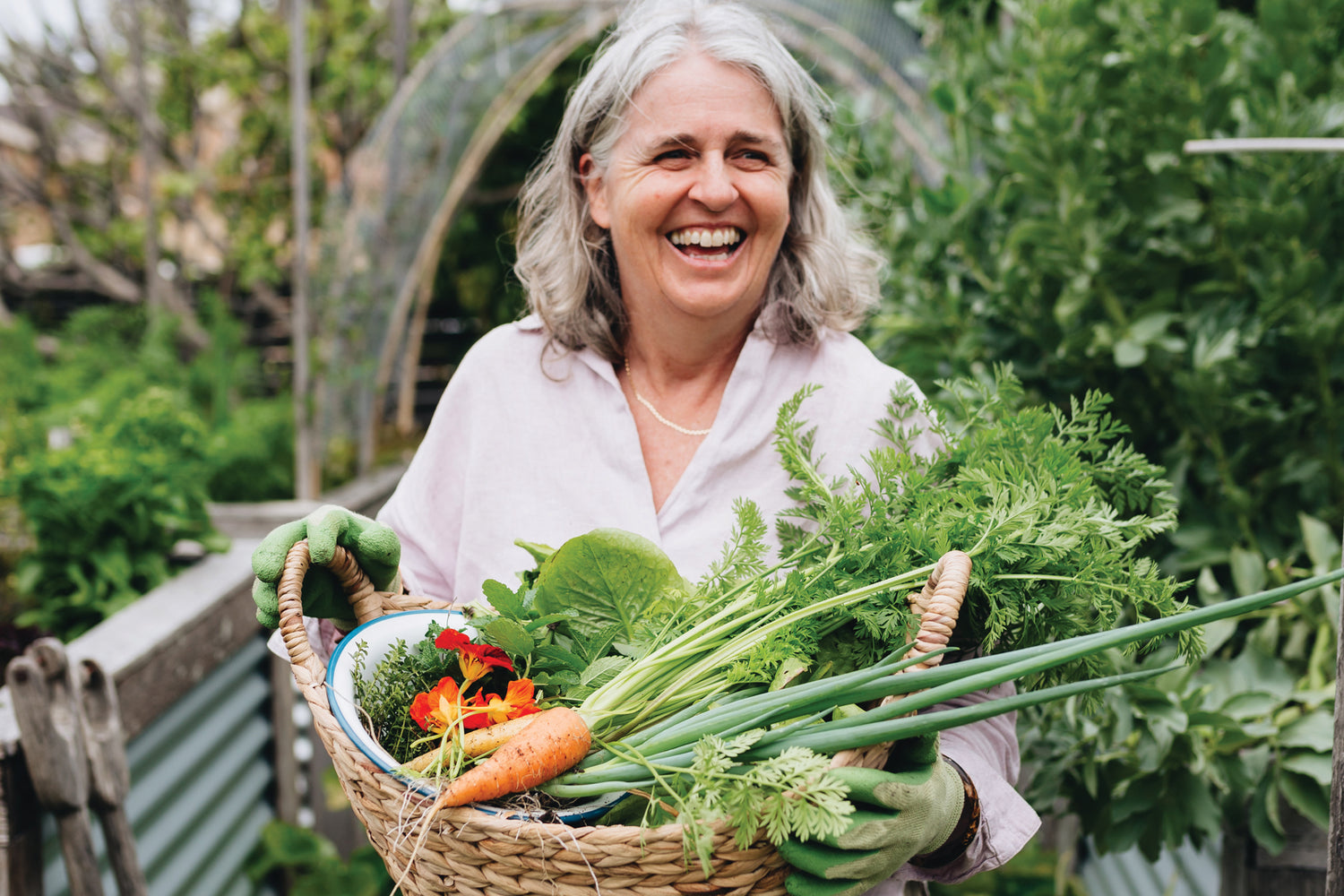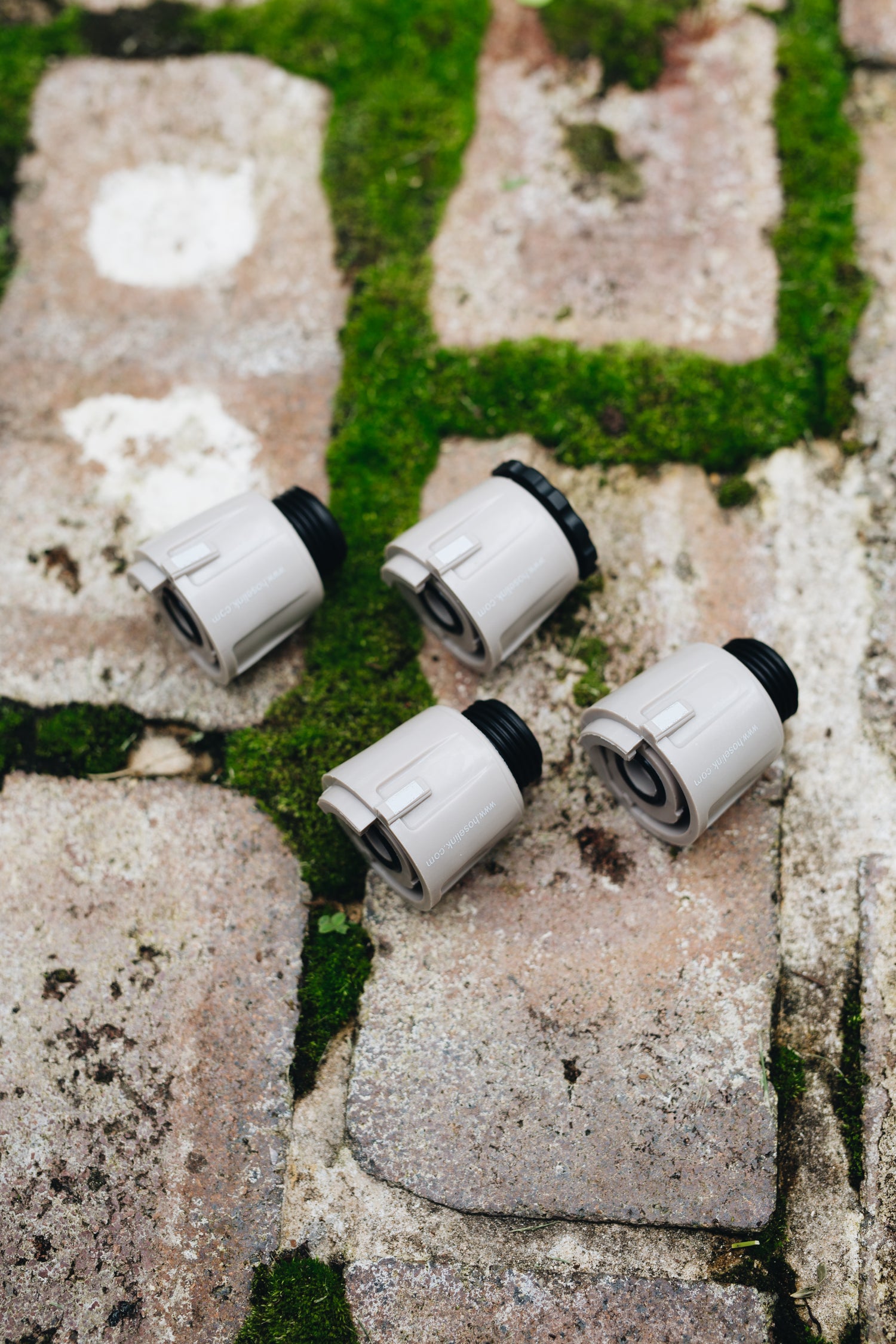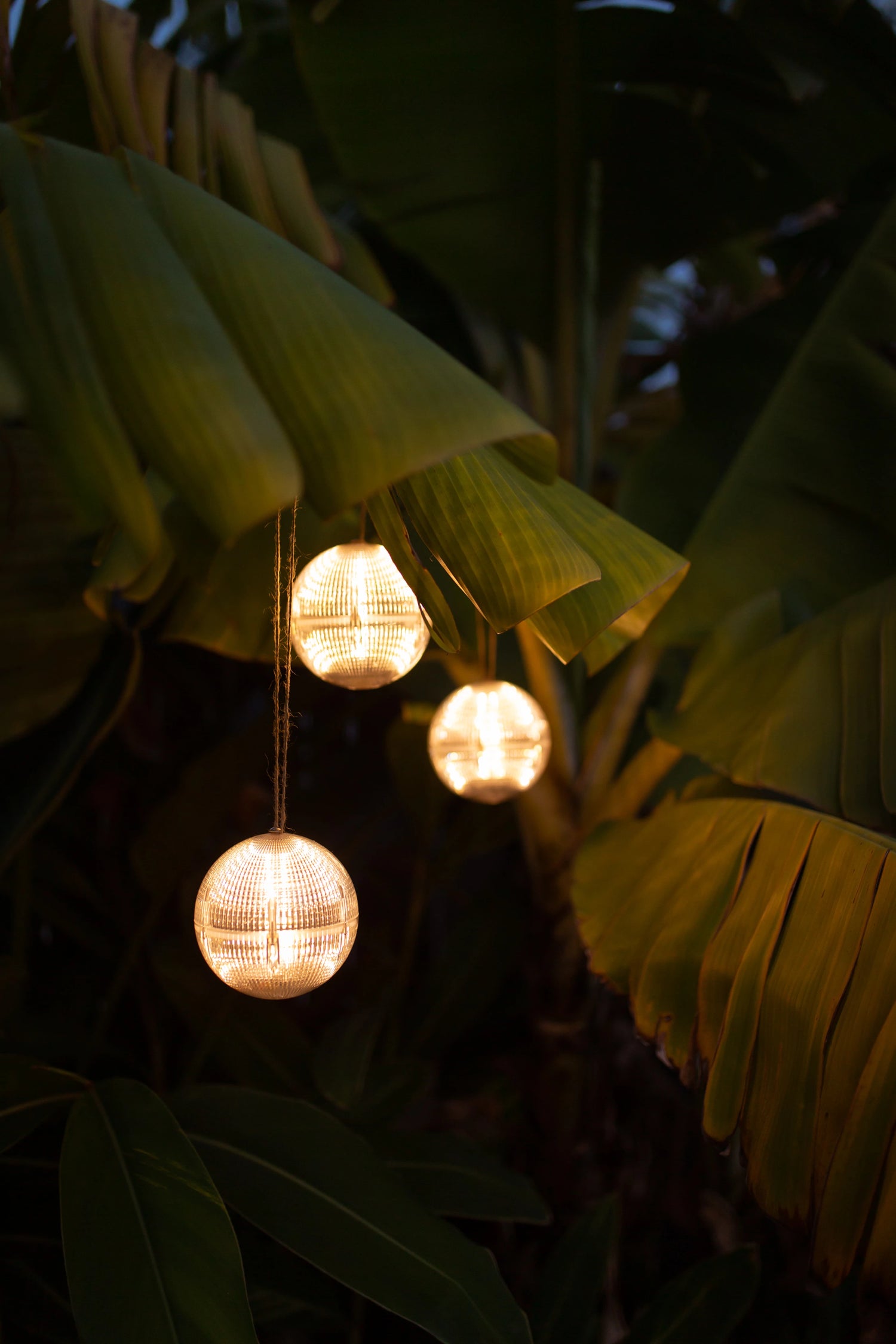As the days get shorter and cooler, we gardeners in zones 5-7 know that frost is just around the corner. But before you hang up your gloves and put your feet up with a cup of hot cocoa, there are still a few things to tackle in your garden to make sure it’s set for next year. Whether you’re a newbie or a seasoned green thumb, let’s dive into some easy (and fun!) garden tasks that will have you feeling accomplished before that first frost hits.

Plant bulbs like garlic and tulips
If you’re looking to get a head start on next year’s garden, planting bulbs now is a must! Garlic loves cold weather, and planting it in the fall ensures big, flavorful bulbs next summer. Just break apart a garlic bulb into individual cloves and plant each one about 2 inches deep, pointy side up.
Tulips, daffodils, and other spring bulbs should also go in the ground now. You’ll thank yourself when those colorful blooms start popping up after a long, gray winter.
Tip: Plant bulbs in clusters for a bold, eye-catching display!
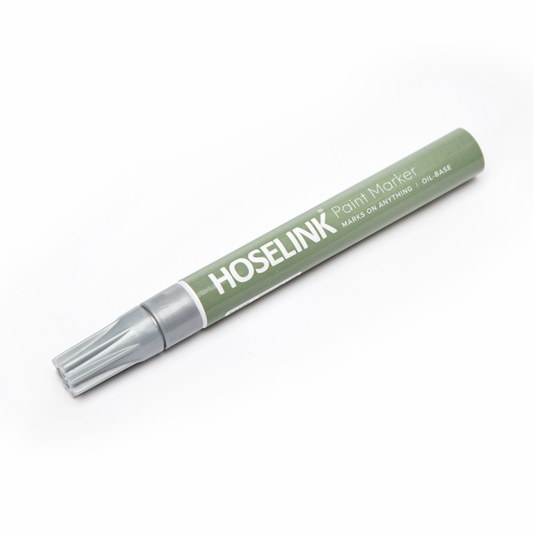
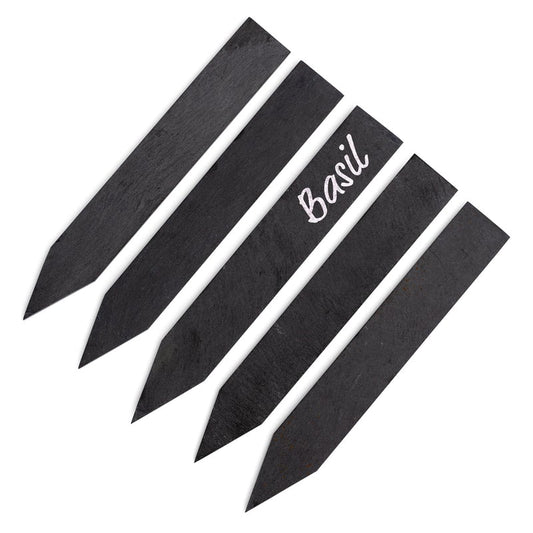
Harvest your warm-loving veggies before the frost
Ah, the bittersweet end of summer vegetables! If you’ve been nurturing tomatoes, peppers, squash, and eggplants all season, now’s the time to give them one last loving look. These warm-weather plants won’t survive the first frost, so harvest as much as you can before the cold hits.
Got green tomatoes? No worries! You can let them ripen indoors or make some tangy fried green tomatoes.
Tip: If you’re short on time, grab everything off the vine and lay them in a sunny window to ripen. Don’t let that hard-earned harvest go to waste!
Harvesting ginger
Ginger is a tropical plant, and while it loves warmth, it's still possible to grow and harvest it in cooler climates like Central Indiana (I have done that for the past 3 years).
When to harvest ginger: Ginger can be harvested anytime after about 8–10 months of growth, once the leaves start to yellow and die back. In zones 5-7, you'll likely need to harvest before the first frost, usually in late mid or late October, since ginger won't survive freezing temperatures.
- Dig Carefully: Use a garden fork or spade to gently dig around the base of the plant, loosening the soil. Be careful not to damage the rhizomes (the ginger roots).
- Pull Out the Whole Plant: Once the soil is loose, lift the plant out of the ground, and shake off excess dirt. You’ll see the rhizomes, which are what we harvest and use.
- Separate the Rhizomes: Snap off the rhizomes from the rest of the plant. These are the ginger pieces you’ll store or use in cooking.
Tip: You can save a few pieces of rhizome with "eyes" (small bud-like nodes) to plant again next season. Just keep them in a cool, dry place until you’re ready to start them indoors.
Harvesting lemongrass
Lemongrass is another tropical plant that won't survive the frost, so it needs to be harvested or brought indoors as temperatures start to drop.
When to harvest lemongrass: Lemongrass can be harvested any time during the growing season as needed, but it's typically best to harvest before the first frost. The stalks will be most flavorful once they’re at least 12 inches tall and thick like a finger.
- Cut the Stalks: Use a sharp knife or garden shears to cut the stalks close to the base. Aim for the thicker, lower portion of the stalk, as this is the most flavorful part.
- Use the Bulbous Base: The lower, bulbous part of the stalk is what’s commonly used in cooking. Trim off the tougher, woody tops, which you can discard or use to flavor soups, broths or even teas.
- Harvest Leaves for Tea: Don’t toss the leaves! They can be dried and used to make a fragrant, calming tea.
With both ginger and lemongrass, it’s all about timing and preserving them properly. Enjoy the process of harvesting these flavorful plants, and you’ll have fresh ginger and lemongrass for months to come!


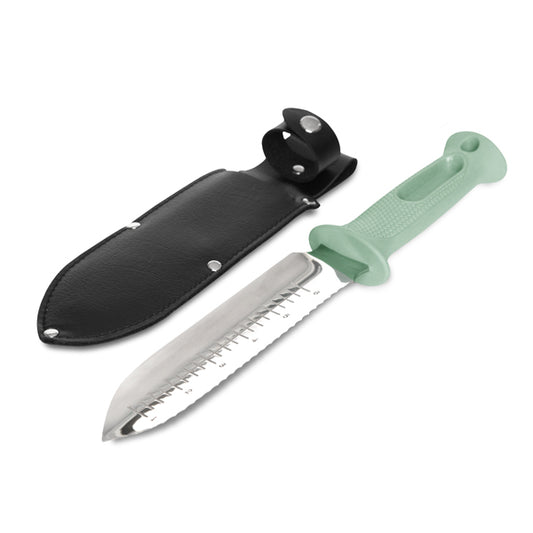
Remove plant debris
Once your harvest is done, it’s time to say goodbye to those spent plants. Removing plant debris is essential to keep pests and diseases from hanging around over winter. Toss any unhealthy-looking plants in the trash (not the compost!), and for the healthy remains, feel free to chop them up for your compost pile. A tidy garden means fewer problems next year!
Add compost to empty beds
Speaking of compost, your garden beds are going to love you for this. After pulling out the spent plants, add a layer of compost to your empty beds. This gives the soil a nutrient boost and prepares it for the next growing season. By spring, that compost will break down and provide the perfect environment for new plantings.
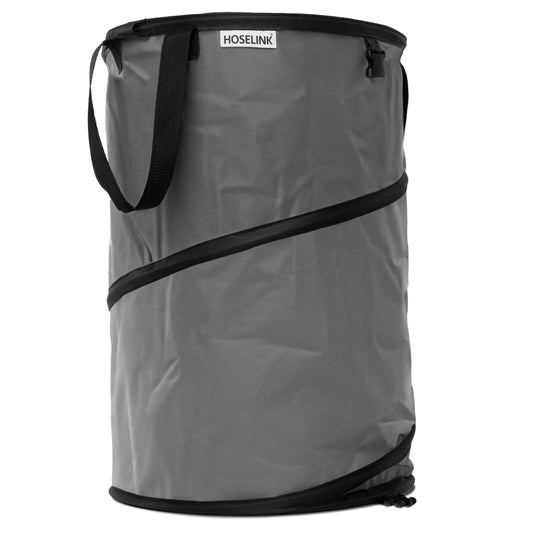

Shop for Perennial sales
Fall is the perfect time to shop for perennials! Many garden centers are clearing out their inventory, which means SALES, SALES AND MORE SALES! Don’t let the chilly weather fool you – perennials planted now will establish strong roots and come back even better next year. Look for hardy varieties that thrive in our zone (Central Indiana is Zone 6, by the way).
Some of my favorite perennials for this region include coneflowers, black-eyed Susans, and sedum. Trust me, planting them now will make your garden pop next year, and you’ll feel like a total gardening genius when they return in full glory!

As October wraps up, there’s a certain mix of emotions. We’ve harvested the last of our summer crops, dug up our ginger and lemongrass, and cleaned up the beds, but the story doesn’t end here. Every bulb you planted, every bed you composted, is a promise of fresh blooms and new growth when spring arrives.
So, as you hang up your garden gloves for now, take a moment to appreciate what you’ve accomplished and look forward to the burst of life that’s just around the corner. The garden is resting, but the best is yet to come.
Happy gardening!


